In 2016, Apple decided to make a fairly fundamental change to its laptops. MacBooks have undergone a major overhaul, with a significantly thinner body and a transition from traditional connectors to USB-C only. Of course, the apple growers were not satisfied with this. Compared to MacBooks from 2015, we have lost the extremely popular MagSafe 2 connector, HDMI port, USB-A and a number of others that were taken for granted until then.
Since then, apple growers have had to rely on various reductions and mushrooms. However, what some regretted the most was the loss of the aforementioned MagSafe power connector. It was magnetically attached to the MacBook, and was therefore characterized by absolute simplicity and safety. If someone gets in the way of the cable while charging, it won't take the entire laptop with it - only the connector itself would snap out, while the MacBook would remain untouched in the same place.
It could be interest you
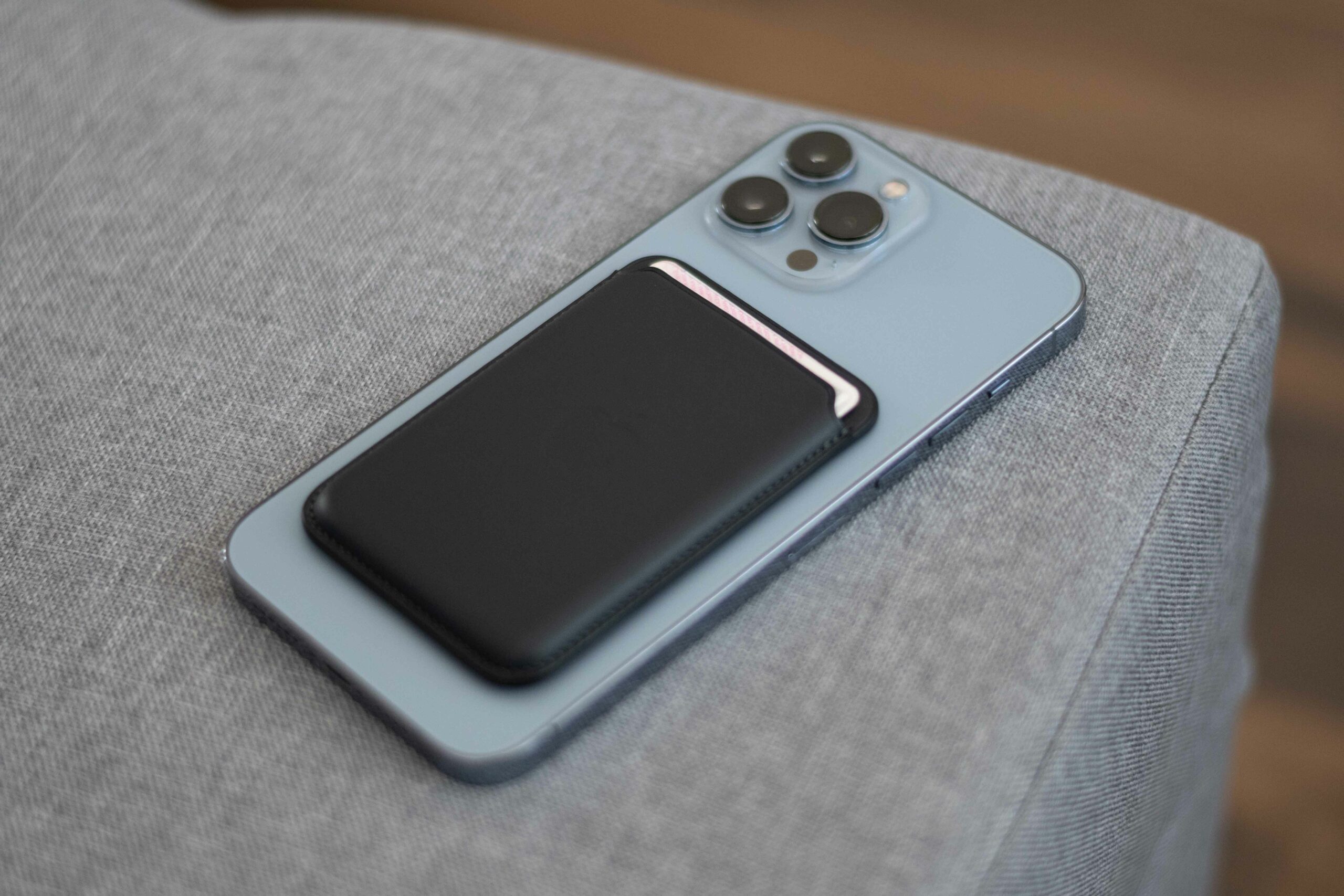
But at the end of 2021, Apple indirectly acknowledged the earlier mistakes and decided to settle them instead. He introduced the redesigned MacBook Pro (2021) with a new design (thicker body), which also boasted the return of some connectors. Specifically HDMI, SD card readers and MagSafe. However, was the return of MagSafe the right step, or is it a relic that we can happily do without?
Do we even need MagSafe anymore?
The truth is that Apple fans have been clamoring for the return of MagSafe since 2016. In fact, it's no wonder. We could call the MagSafe connector one of the most popular things on Apple laptops at the time, which was simply not allowed - until the fundamental change came. However, the situation has changed fundamentally since then. From the USB-C port, in which Apple already placed all its trust, it has become a global standard and can be found practically everywhere today. Various accessories and others have also changed accordingly, thanks to which these connectors can be used to their maximum today. By the way, USB-C is also used for power through Power Delivery technology. There are even monitors with Power Delivery support that can be connected to a laptop via USB-C, which are then used not only for image transfer, but also for charging.
Precisely because of the complete dominance of USB-C, the question is whether the return of MagSafe still makes sense at all. The aforementioned USB-C connector has a clear goal – to unify the used cables and connectors into one, so that in as many cases as possible we can get by with a single cable. Then why return the older port, for which we will need another, essentially unnecessary cable?
Safety
As mentioned above, the MagSafe power connector is popular not only for its simplicity, but also for its safety. That was one of the reasons why Apple relied on him for so long. Since people could charge their MacBooks practically anywhere - in coffee shops, in the living room, in a busy office - it was natural that they had a safe option available. One of the reasons for switching to USB-C was related to the increased battery life of laptops at the time. For this reason, according to some speculations, it was no longer necessary to keep the older port. Accordingly, Apple users could charge their devices in the comfort of their homes and then use them without restrictions.
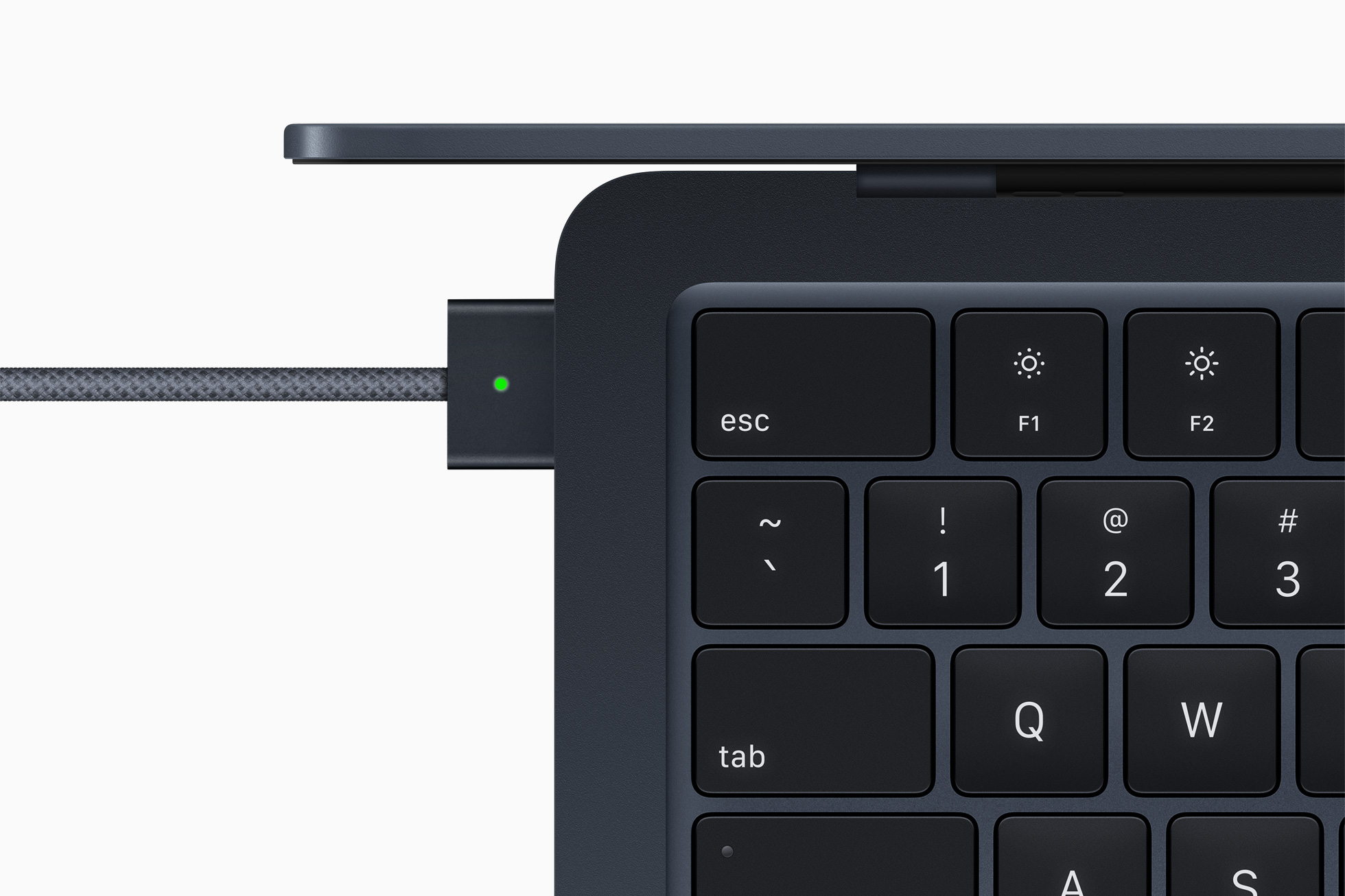
After all, this was pointed out by some current users who called for the return of MagSafe years ago, but today it doesn't make sense to them anymore. With the arrival of new Apple Silicon chips, the durability of the new MacBooks has increased significantly. This is again related to the fact that users can charge their laptops comfortably at home and then do not have to worry about someone accidentally tripping over the connected cable.
Innovation in the form of MagSafe 3
Although at first glance the return of MagSafe may seem unnecessary to some, it actually has a rather important justification. Apple has now come up with a new generation - MagSafe 3 - which takes a few steps forward compared to the previous one. Thanks to this, the new laptops support fast charging and, for example, a 16″ MacBook Pro (2021) can now handle a power of up to 140 W, which ensures that it charges much faster. Such a thing would simply not be possible in the case of USB-C Power Delivery, as this technology is limited to 100 W.
At the same time, the return to MagSafe goes a little hand in hand with the aforementioned USB-C expansion. Some may think that the arrival of another connector is unnecessary for this reason, but in fact we can look at it exactly the other way around. If we didn't have MagSafe available and we needed to charge our Mac, we would lose one rather important connector that could be used to connect various accessories. In this way, we can use an independent port for charging and not disturb the overall connectivity. How do you view the return of MagSafe? Do you think this is a great change on Apple's part, or is the technology already a relic and we could comfortably make do with USB-C?
It could be interest you
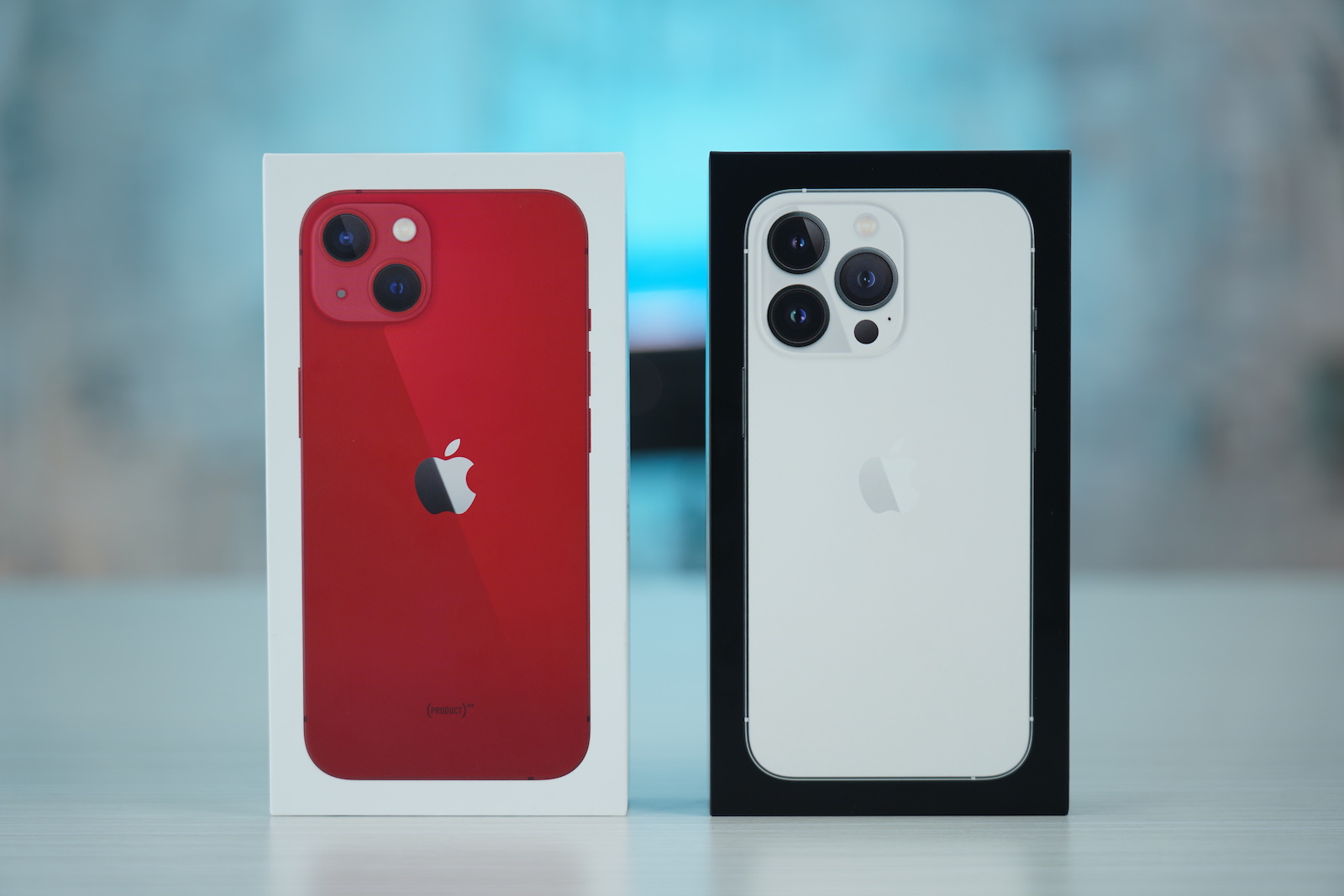
 Adam Kos
Adam Kos 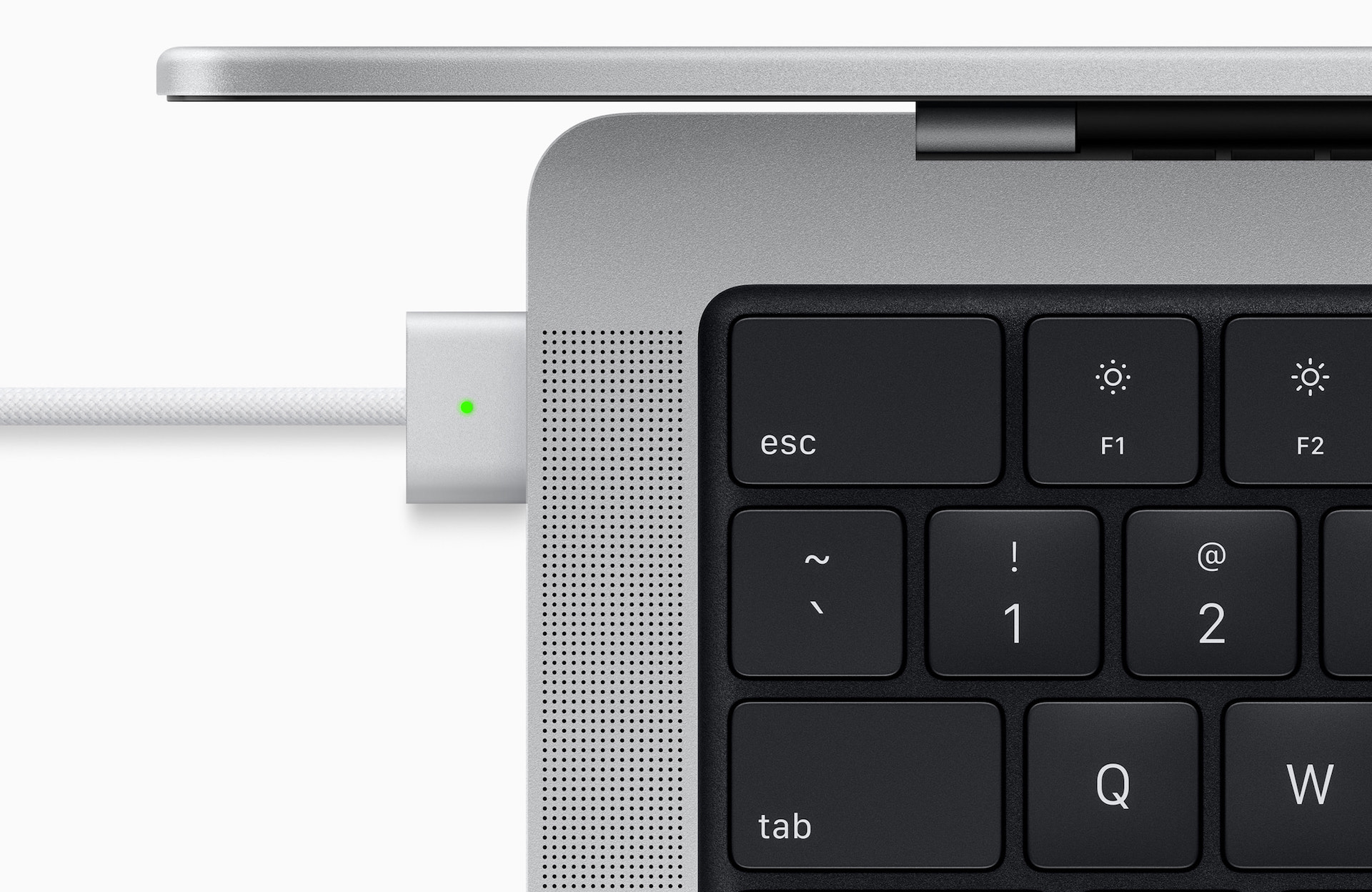
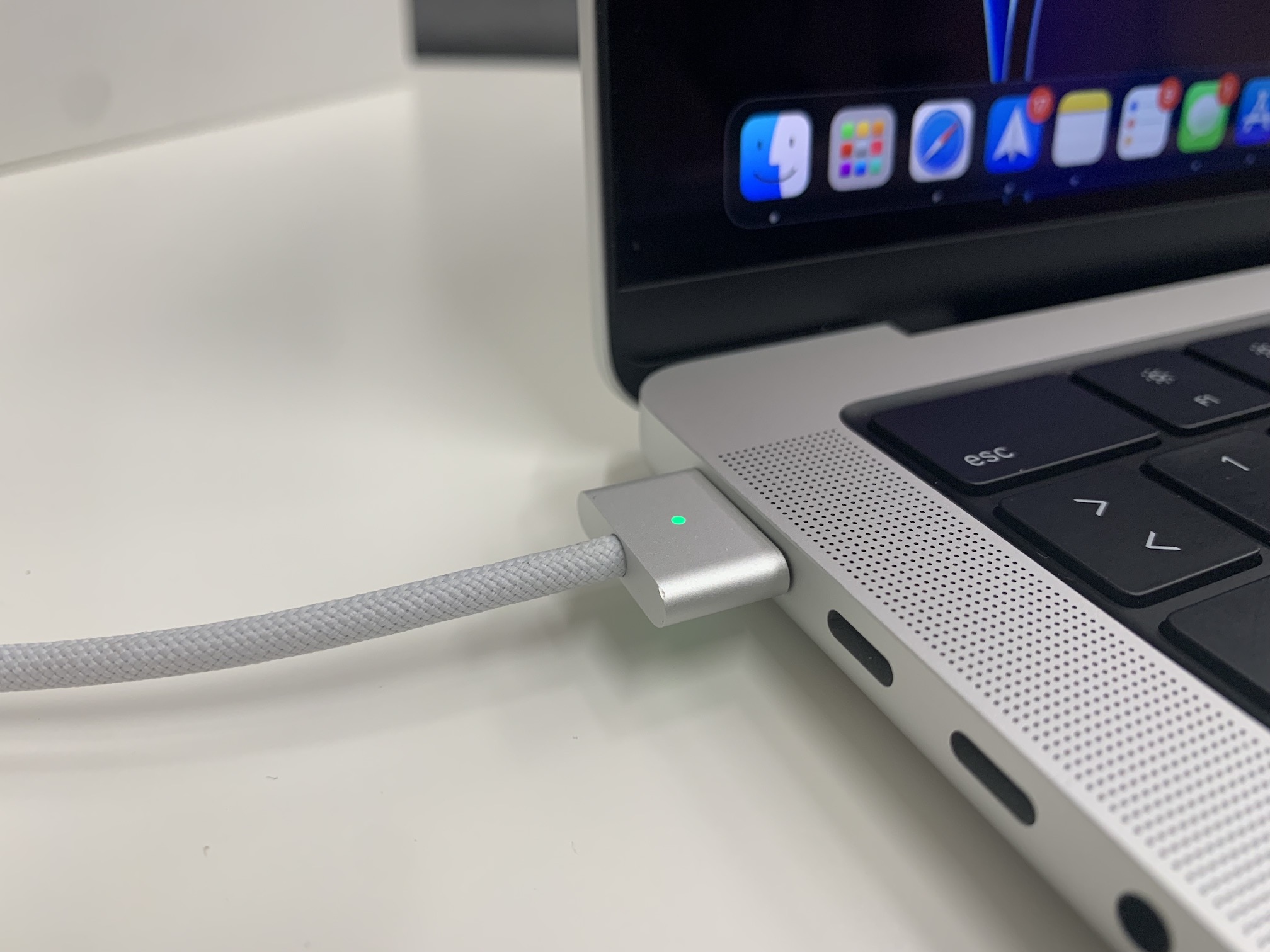



Personally, I would remove MagSafe and leave everything on USB-C
I don't consider Magsafe 3 a lucky choice. However, if data could be pushed through that magnetic connector (ideally the entire thunderbolt 3 interface), that would be a different story - it's nice to connect a dokyn.
I use a 3rd party solution for this, which is fine, it works, but I have a problem with USB-C and since the manufacturer has already gone bankrupt, I have nowhere to buy a 2nd cable so that I can have the same one for the docks at home and at work.
The question on the spot would be, why did Apple then dare to cancel the Magsafe connection? I take it as a good step, the return of this connection, he just didn't have to put such strong magnets there again.